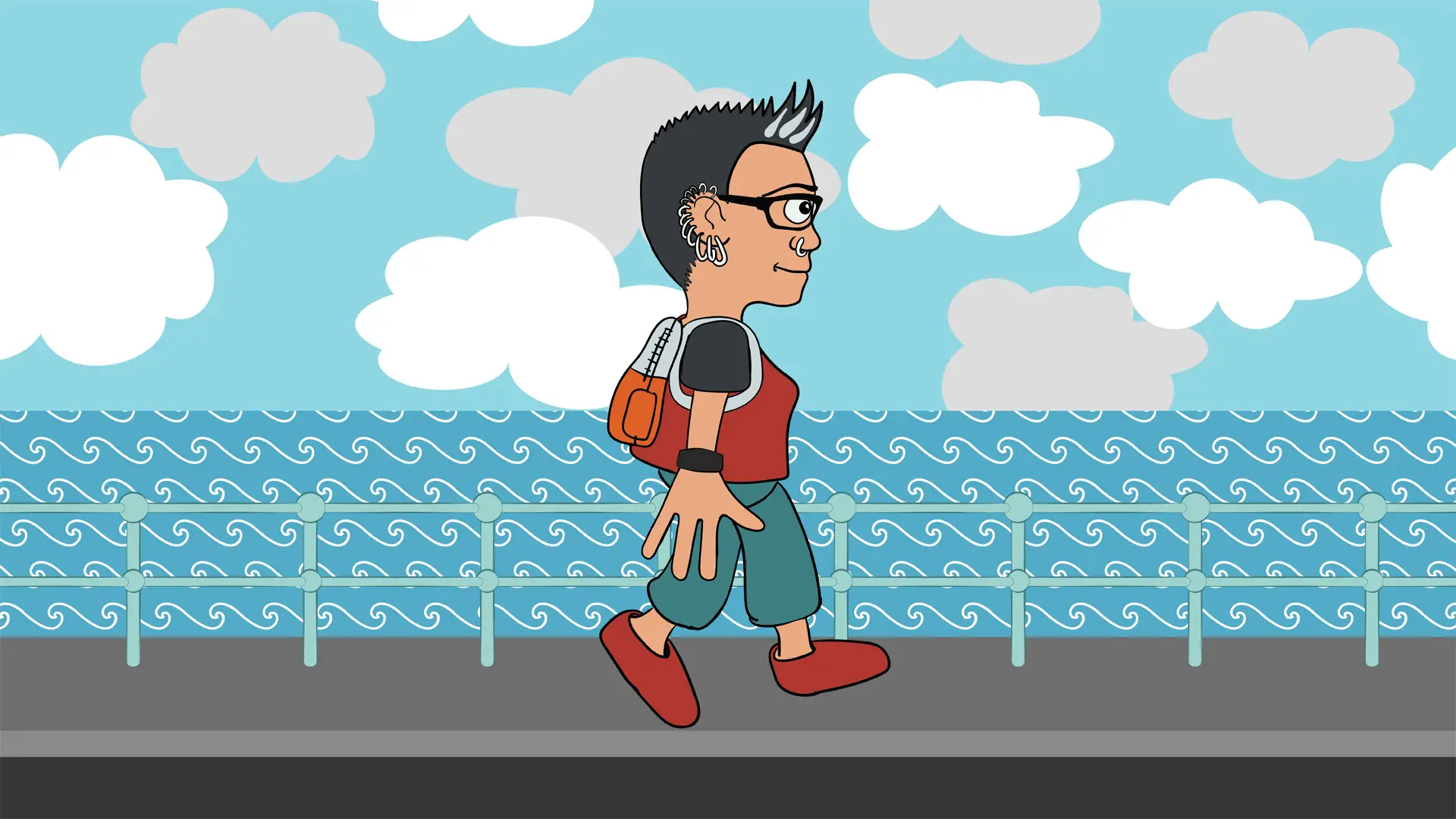After creating the storyboards and making any client revisions, it's time to dive into After Effects to begin creating the animation. We start by creating a 1200x1200px composition. Pro tools music. Then, in the Project panel, we import our storyboard Photoshop file with all the assets and images we'll be using in the animation. Use Adobe After Effects from the basics. Create smooth animations. Organize your illustrations to make your life easier. Add expressions, effects, layers stylesand much more! Once you have the After effects foundations, you will be able to start your animation journey and improve your motion graphic skills. 3D Motion and Position of Text Characters with After Effects Typography is one of the qualities upon which we base most of our design work, and the type animation engine in After Effects offers a gamut of ways to express typographic flair. One of favorite is the ability to control the 3D motion and position of text characters.


Text Animation After Effects

Text Animation After Effects
Using Layers In After Effects For Animation
- Create a new composition with a solid color layer.
We are going to use this solid color as our background. Go to Layer > New > Solid to create one with a color of your choice. - Double-click the brush tool () to create a paint layer.
Once this is created, you can select your paintbrush as well.
In this example, I am using a simple, circular 15 px brush in the color white. - Set the frame duration as a 'custom' of 2f.
The duration indicates how many frames of motion your paint strokes will be on-screen for. 2 is a convenient duration because it allows your frames to overlap for a second—you will see how this works after the next couple steps. - Draw your first frame.
For this example, I am going to draw a curly, moving doodle. The first frame might be boring, but the animation will look clean if it starts out small! - Use the command key and right arrow key to advance to the next frame.
Do this once to move one frame forward. Nothing will change, but draw your second frame on top of the first one. You'll want to use the same color, but for the sake of this tutorial, I used white to show my first stroke and black to show the second. - Repeat this step until your animation is complete.
When you press command+right arrow this time, you should see only your second brushstroke. Add your third one on top of this and repeat the step (Draw your frame, advance one frame forward. Draw, advance. Draw, advance.) until your animation reaches its final frame.
You can move backwards in the timeline by pressing command+left arrow. To delete a brushstroke or change its duration, click the down arrow beside 'effects' in your timeline window. Open the paint layer. You should be able to see all of the brushstrokes you have created, each spanning the number of frames it occupies onscreen. Scroll until you find the brush you would like to delete or modify. You can delete a brush using your computer's delete key or modify the length of a brush by dragging the beginning and endpoints back and forth in the timeline. - Click back into the main composition to view your animation.
Close the paint layer by going back to your original composition. The tabs usually appear along the top of your project window. Drag the playhead to the beginning and press the spacebar to watch your animation from beginning to end.
